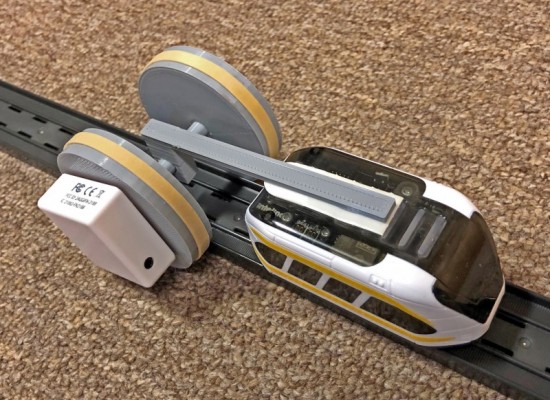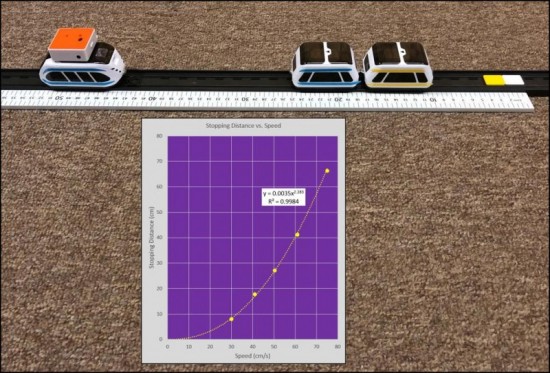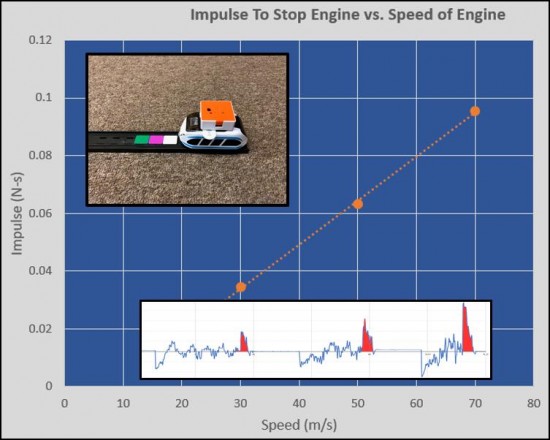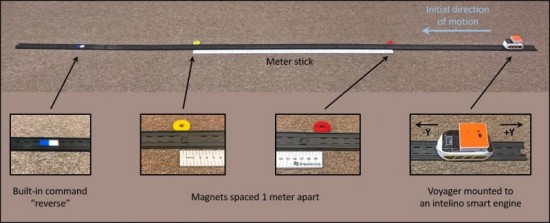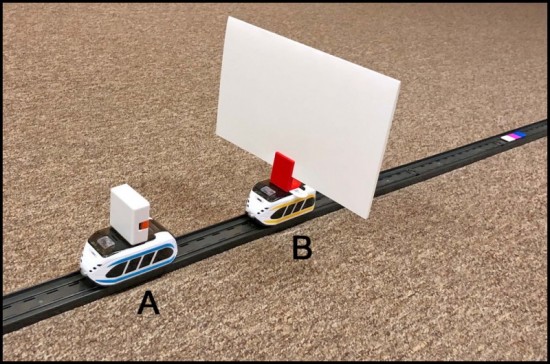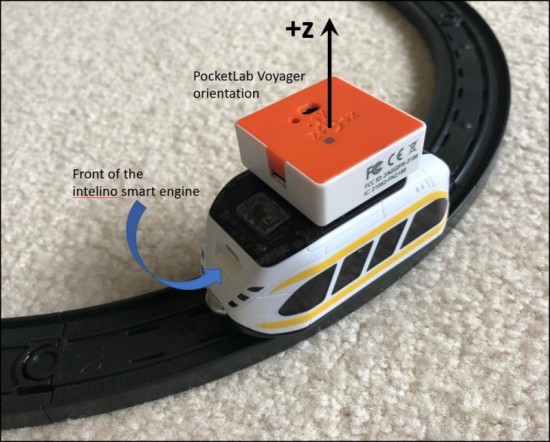intelino/Voyager: 7-9 Math/Physical Science Slope Lab
Introduction
Math students are typically introduced to the concept of slope in the 7th grade, learning that slope has to do with steepness. By the 8th grade many learn how to calculate the slope of a line as the rise divided by the run or rise over run. If the rise is positive, then the slope is positive (sloping upward). On the other hand, if the rise is negative, then the slope is negative (sloping downward). If the line is horizontal, then the slope is zero.

